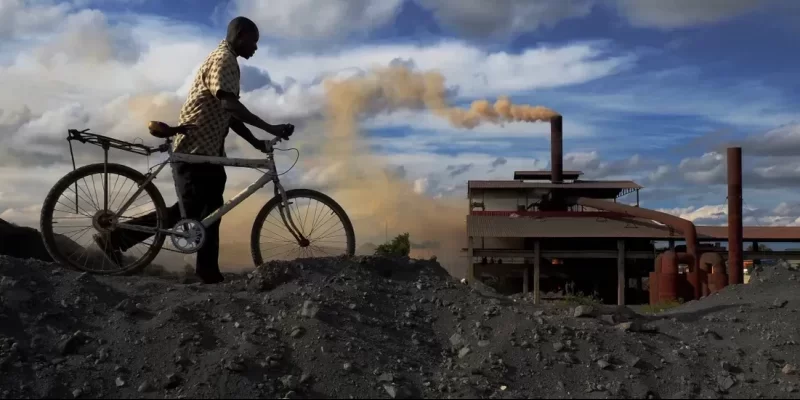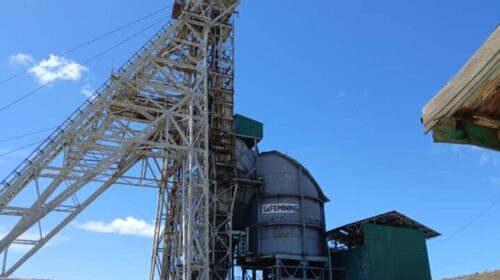Zambia’s “Green City” Plan needs to prioritize the cleanup of Lead Mines
According to the Alliance for a Lead-Free Kabwe, a group of Zambian and international organizations, the Zambian government’s recent announcement to transform Kabwe into a “green city” could present a significant chance to tackle the toxic lead that has affected residents for many years. Elijah Muchima, acting minister of green economy and environment, disclosed the plan during a roundtable conference arranged by the alliance in Lusaka, the capital city, on March 2, 2023.
Kabwe is known to be one of the most heavily polluted places globally, with lead and zinc contamination from a former mine causing health risks to over 200,000 residents.
The toxic waste from the mine has never been cleaned up since its closure in 1994. The Alliance for a Lead-Free Kabwe has stated that the government’s plan should prioritize the cleanup of the toxic mine, in addition to the proposed capping of the buried lead surfaces, to ensure that Kabwe can be considered a green city.
The organization is urging the government to establish a concrete and feasible plan for comprehensive cleanup and provide ongoing monitoring, adhering to remediation standards.
The technical committee set up by the government to address this issue has been criticized for its lack of action, with calls for consultations with international and Zambian experts on mine remediation.
The Alliance for a Lead-Free Kabwe, in a roundtable conference, has brought together government officials, members of parliament, remediation experts, international donors, civil society groups, youths, and members of affected communities in Kabwe to address the toxic lead issue. Lead is a toxic metal with no safe level of exposure and can cause stunted growth, memory loss, developmental delays, and many other irreversible health effects, particularly in children.
94 total views , 1 views today





